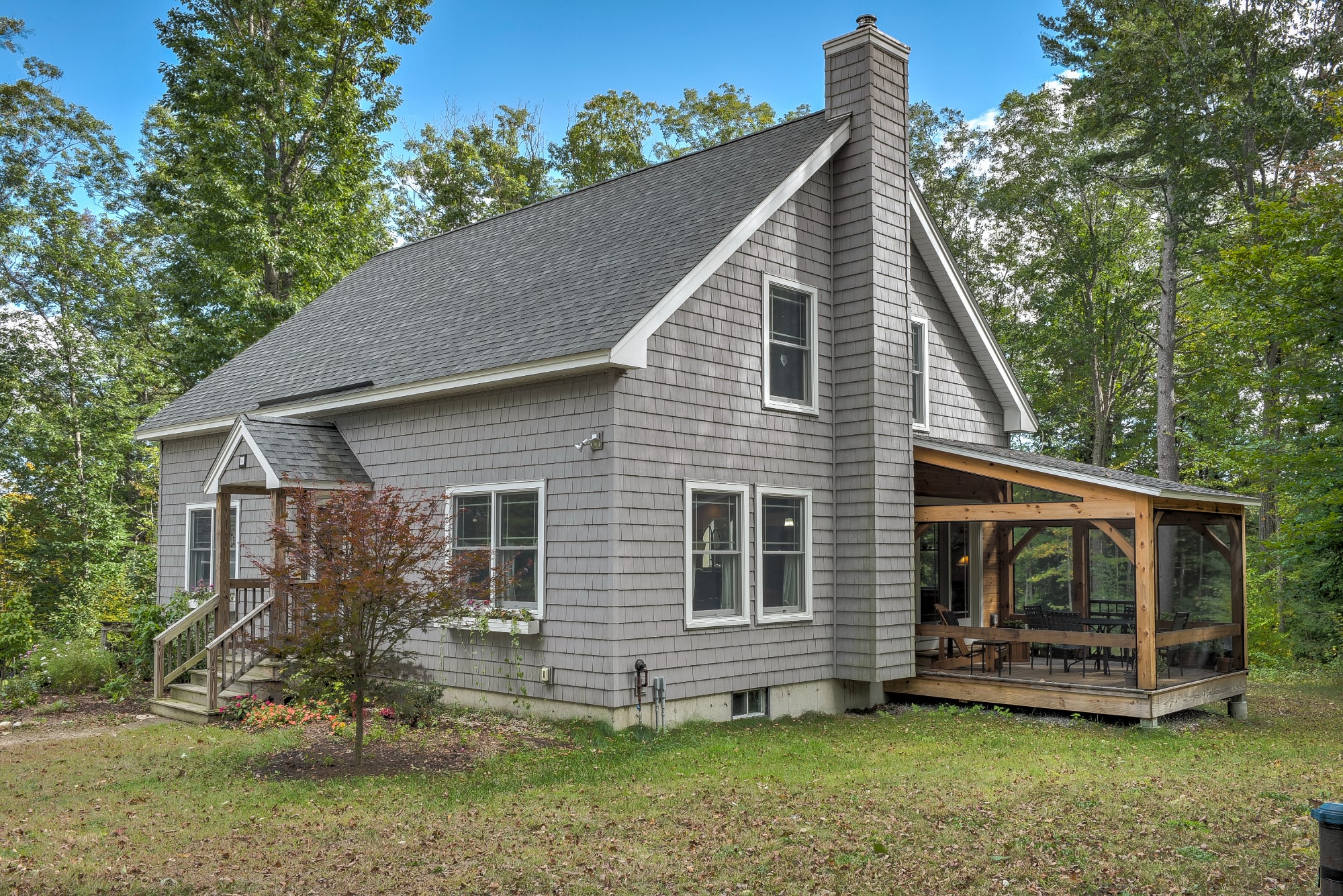Since Colonial times, New England has earned its reputation for having hardy residents. The terrain and the weather are demanding, and its residents quickly learn to plan ahead and be resourceful.
Architecturally, the Colonial and the Cape are great examples of form following function. Both housing styles make efficient use of materials and space, keeping construction costs down and heating as efficiently as possible. This theme of making good use of the tools and materials at hand, and consideration of how they will be used and their length of service, is observed in almost everything that was made during the Colonial time.
A casual observer might decide old New Englanders are “cheap” or “conservative.” However, as you become more familiar with New England life, you realize that building something to last, whether it be a house or a tool, could mean the difference between life and death, or at very least between comfort and misery.
Brooks Post & Beam got its start as a company that helped disassemble, repair, and reconstruct old barns as new residences in the late 60s and early 70s. It wasn’t long before it became clear that the demand for barn frames exceeded the supply of existing barns available for disassembly and renovation, and that there was a market for new barns and homes cut from local trees at New England sawmills. Around the same time, people were awakening to the tranquility of rural living, and there was a growing “back to the land” movement. People were buying property all over the Northeast and trying their hand at self-sufficiency by raising their own food and generating their own energy. It was only natural that the revival of traditional building methods, such as timber framing with renewable materials and sweat equity, was soon to follow.
As we moved into the high inflation of the 70s and early 80s, and, ultimately, another housing boom, it became increasingly difficult to afford building a home. However, an emerging energy crisis and the can-do nature of New Englanders were a boon to our business. Our focus on owner-builders, timber frame kits, and energy efficiency brought hundreds of new customers to our doors.
Today, we continue the evolution of our company and affordable timber frame homes as we work closely with our clients to provide them with easy-to-erect timber frame kits, educational materials to build the rest of the home, and design alternatives such as hybrid homes or a phased-in approach to construction.
These are just a few of the ways that we are bringing timber frame home construction to the mainstream residential market. Please consider us for your new home or barn; you might be surprised how affordable it is in comparison to a quality built, conventionally framed structure.
Author: Paul Freeman
